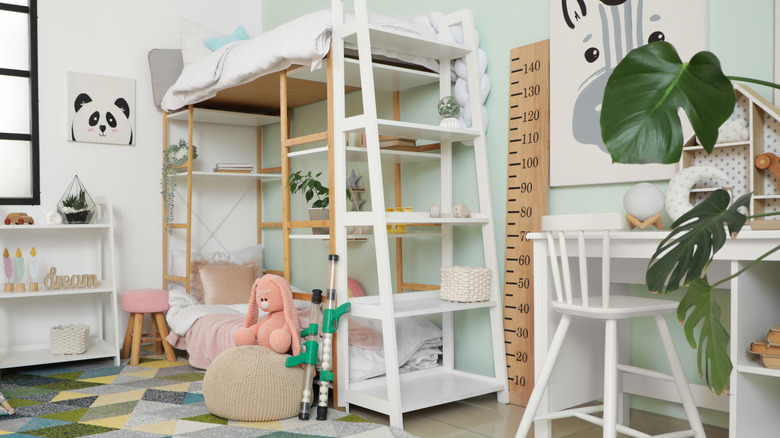
Sharing a bedroom is a common experience for many children, especially in homes where space is limited. However, as children grow and accumulate more belongings, keeping their shared bedroom organized can become a challenge. From toys and clothes to books and drawings, the amount of items can quickly pile up, making it difficult to maintain order. Fortunately, with some thoughtful planning and creative storage solutions, it's possible to keep even the smallest shared bedroom tidy and functional.
Assess the layout and essential items
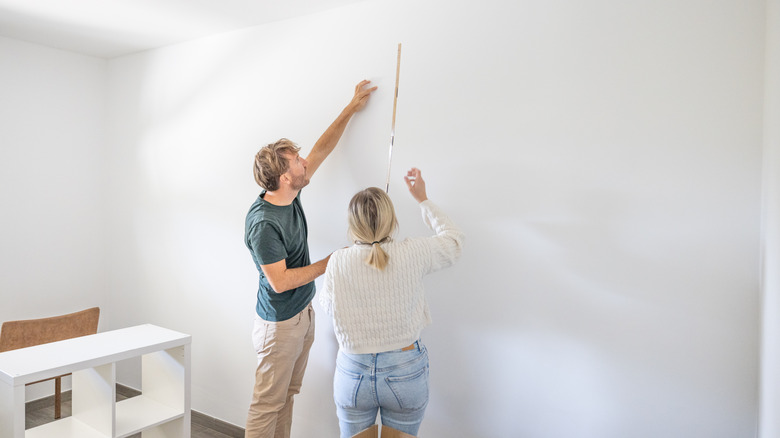
The first step in organizing a shared bedroom is to assess the room's size and shape. Understanding the available space will help determine what storage solutions are feasible. Before purchasing any furniture or storage units, measure the room and take stock of your children's belongings. This will give you an idea of how much storage you need and what kind of solutions will work best. For example, if there's ample floor space, you might be able to fit twin beds, large storage chests, and a desk. However, if the room is small, you may need to opt for more compact solutions to avoid overcrowding.
Routinely declutter and rehome unused items

Keeping a shared bedroom organized requires consistent effort. One effective strategy is to implement a "one in, one out" policy for clothes and toys. This means that whenever a new item is brought into the room, an old one should be donated or discarded. Regularly decluttering helps prevent the accumulation of unnecessary items and frees up space. It's also important to encourage your children to take responsibility for their belongings. For instance, if one child brings a toy to bed, they should return another toy to its proper place.
Incorporate large storage units
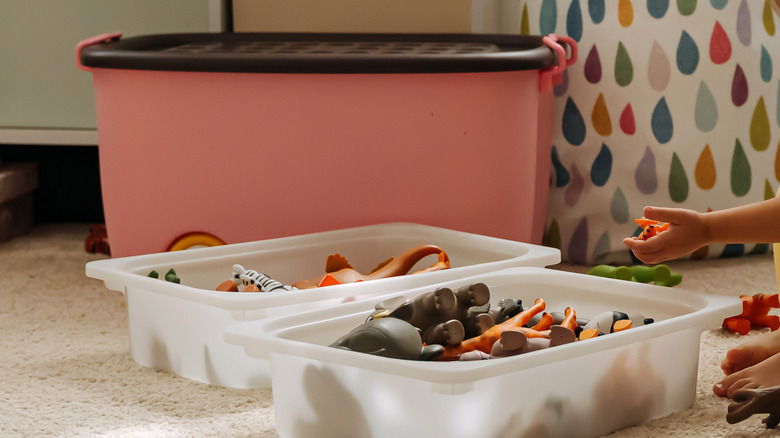
Large storage units are essential in a shared bedroom, as they provide ample space for toys, books, and other items. Consider using a toy storage organizer with multiple shelves and bins to keep everything neatly arranged. If space allows, you could also use individual toy chests for each child. These storage solutions not only help keep the room tidy but also make it easier for children to find and access their belongings.
Color code your children's spaces

Color coding is a great way to help children distinguish between their personal spaces. By assigning specific colors or themes to each child's storage areas, you can make it easier for them to organize their belongings. For example, one child might prefer a dinosaur-themed toy chest, while the other might like a space-themed organizer. This approach also encourages children to take ownership of their space and maintain it.
Make clean-up more streamlined with visual divisions
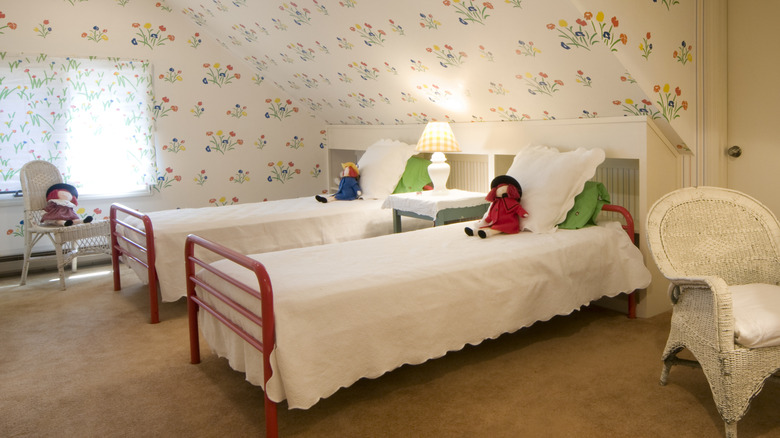
Dividing the room visually can help reduce conflicts between siblings and make cleaning easier. You can use colored tape, curtains, or screens to create clear boundaries between each child's area. This not only makes it easier for children to clean up their own space but also ensures fairness. Choosing calming colors like light green or blue can also help create a peaceful environment.
Make the furniture work harder
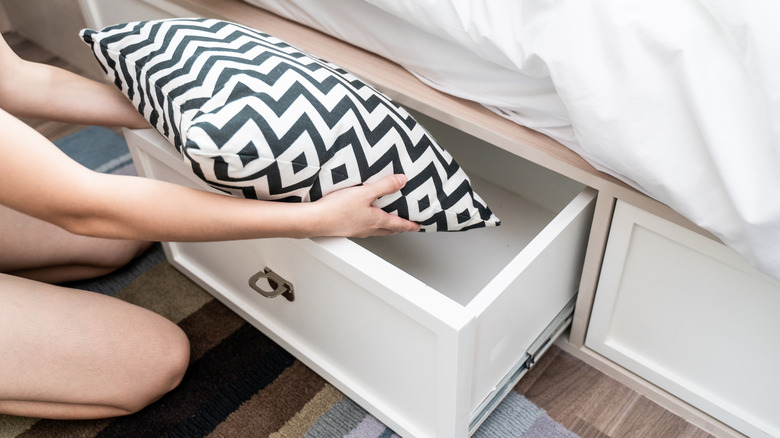
Furniture that doubles as storage is a smart choice for a shared bedroom. Beds with built-in storage, such as ottoman beds or divan beds with drawers, can help maximize space. These options allow you to store extra bedding, clothing, and toys without taking up valuable floor space. When choosing a bed, consider the amount of space around it to ensure easy access to storage compartments.
Install loft beds
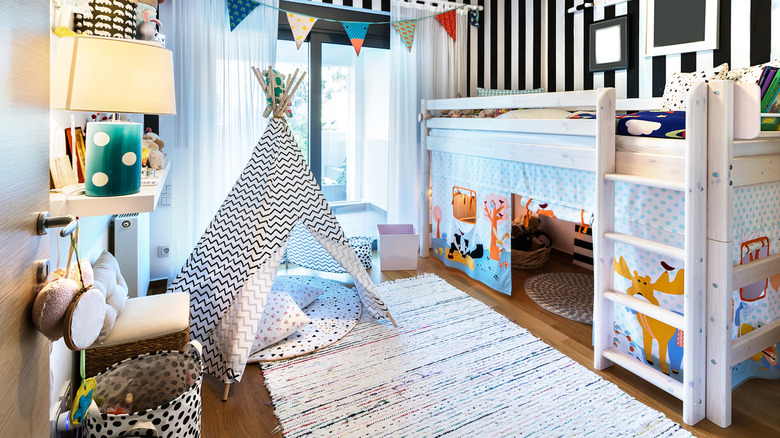
Loft beds are an excellent option for shared bedrooms as they free up space underneath for storage or a desk. Unlike traditional bunk beds, which can lead to arguments over who gets the top bunk, loft beds provide both children with their own sleeping space. The area beneath the bed can be used for toy bins, shelves, or even a study area.
Consider a shared desk

A shared desk can be a practical solution for children who need a place to study or do homework. Look for a desk with twin drawers and enough space for two chairs. A desk divider can help prevent disputes over stationery and other supplies. Some desks come with a central shelf that separates the workspace and provides additional storage for books and art supplies.
Install wall-mounted shelves
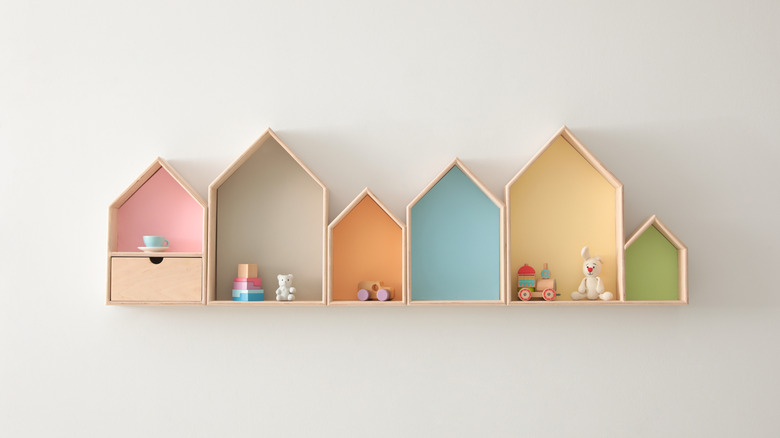
Wall-mounted shelves are a great way to maximize vertical space in a shared bedroom. They can be used to display favorite toys, books, or sensory items. For younger children, wall-mounted sensory boards can provide entertainment while helping to keep the room organized.
Allow for quiet time with tents
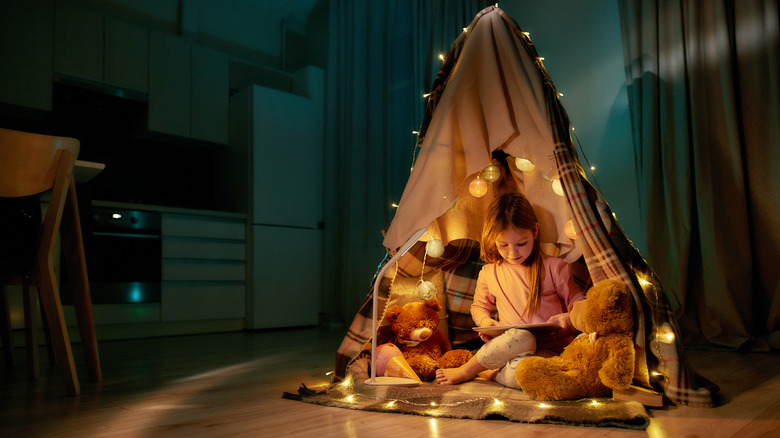
Play tents can provide children with a private space for reading, playing, or relaxing. These tents can also serve as a designated area for books and floor cushions, reducing clutter in the main room. Creating a simple canopy tent using materials like shower curtains and a hula hoop can be a fun DIY project for parents and children.
Utilize door-hanger storage
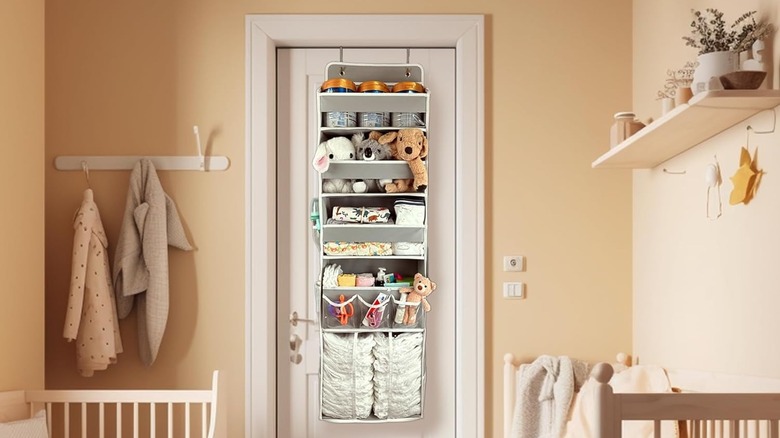
Door-hanger storage solutions are ideal for small spaces. From simple baskets to full storage racks, these options can help free up floor space. Hooks on the door can be used to hang coats, backpacks, or other items, making it easier to keep the room organized.
Opt for Murphy beds
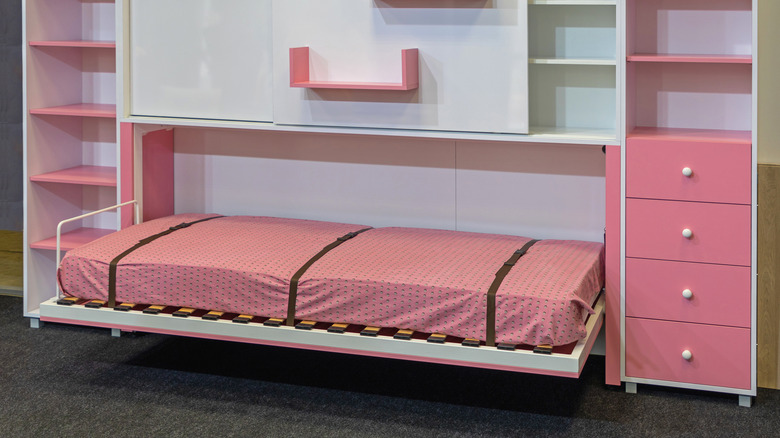
Murphy beds are a space-saving solution that folds into a wall-mounted cabinet during the day. This allows the room to be used for other purposes, such as a play area or study space. Murphy beds also prevent children from leaving toys and books on the bed, keeping the room cleaner.